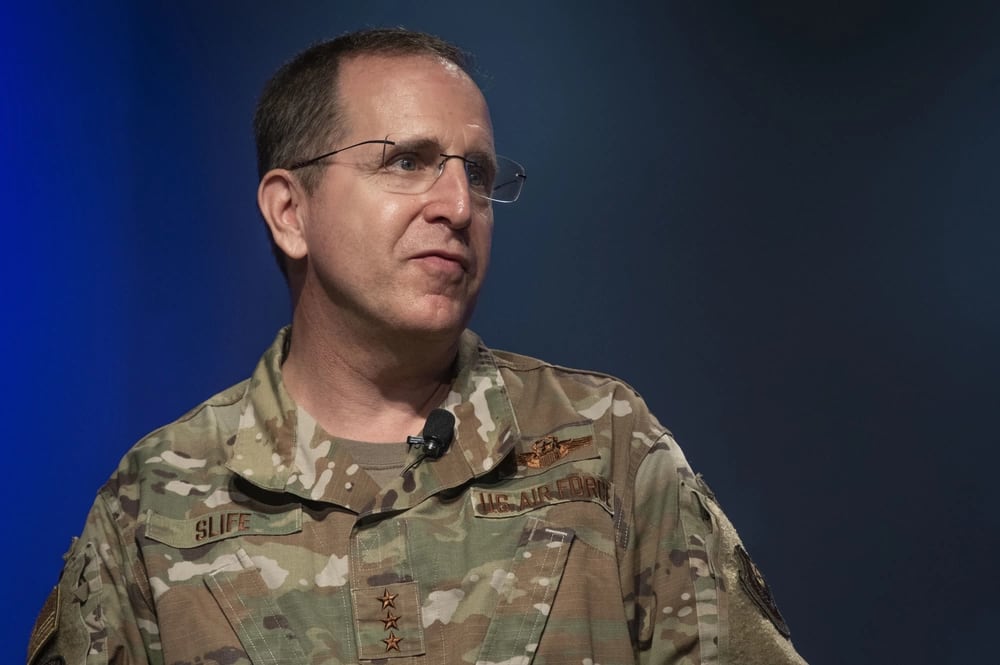ORLANDO — Lt. Gen. Jim Slife is racing the clock.
In June, the Air Force Special Operations Command boss will hit the three-year mark in the top post, around the time when his predecessors have moved on to another assignment or headed into retirement. Slife is using his remaining time in the seat to plan for an era in special operations that could look much different than the past 20 years of war in Afghanistan, Iraq and Syria.
Revamping how AFSOC does business may come with growing pains. Critics see the command’s vision as an attempt to fix an organization that isn’t broken.
RELATED
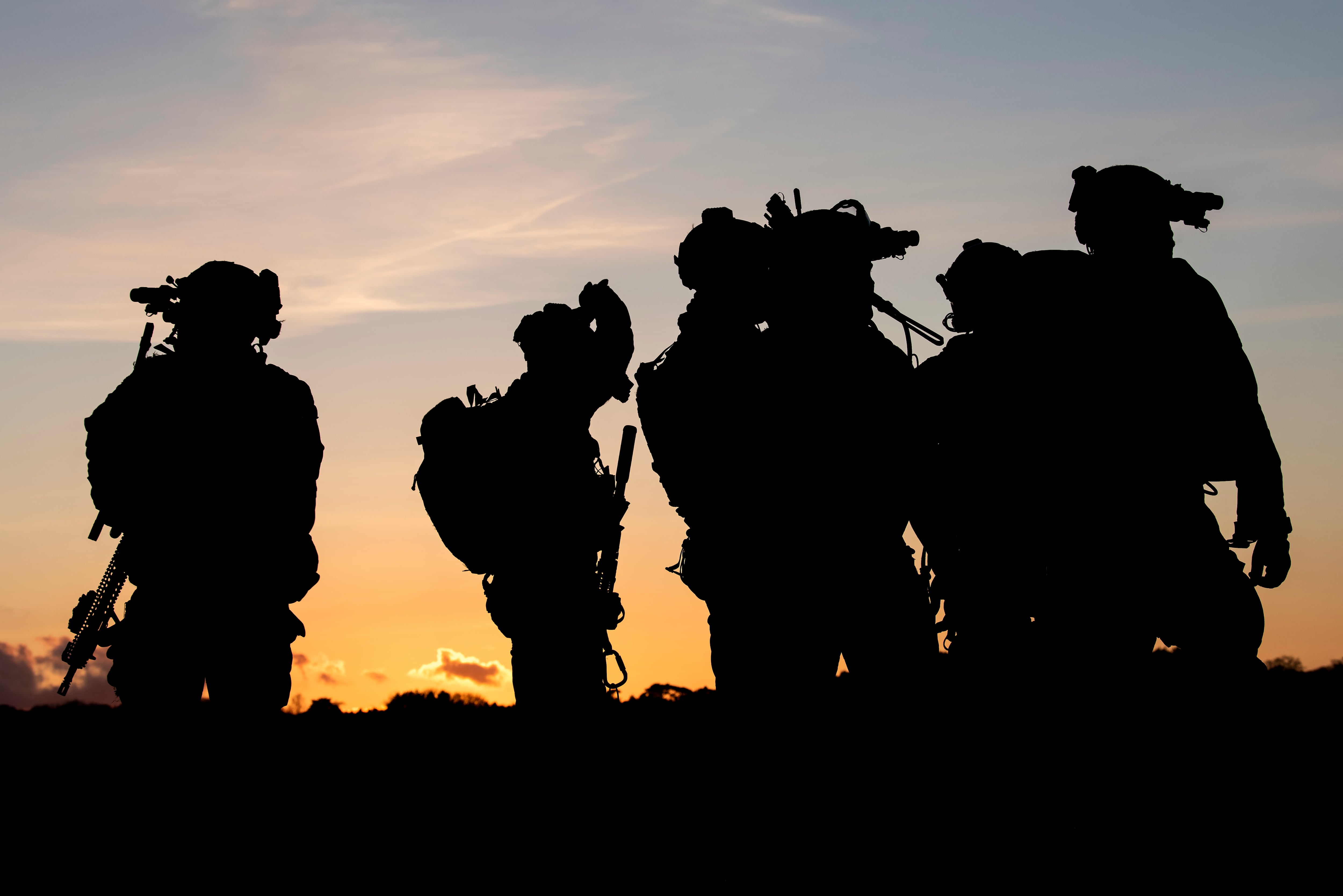
Earlier this year, Slife fended off accusations in an anonymous letter posted to social media that leadership is pushing a female candidate through the all-male special tactics training for the sake of scoring political points — a claim he denies.
“Our standards in the operating forces are tied to mission requirements, and the only time we should change the standards is when the mission changes,” he wrote in a Jan. 7 letter to the force. But he also asked the Air Force inspector general to investigate.
Slife sat down for an exclusive interview with Air Force Times at an Air Force Association conference here March 3. This interview was edited for length and clarity.
Where do you see AFSOC going in the next five years?
We are entering a new operating environment, and I think what we’re seeing in Eastern Europe right now is a great case study. Having our lives defined by the next rotation to Afghanistan or Syria or whatever — while we will still be involved in that work, that’s not the defining thing for the future. How do we pivot around the human capital for this future operating environment? The three lines of effort [in AFSOC’s strategic plan] were about developing our human capital, organizing our human capital and equipping our human capital with concepts and technology.
Among the potential next AFSOC commanders, I think we all have a fairly common understanding that we’ve got to change and this is what the future looks like. I expect that there will be course changes; I would be a little surprised if there was significant course change.
RELATED
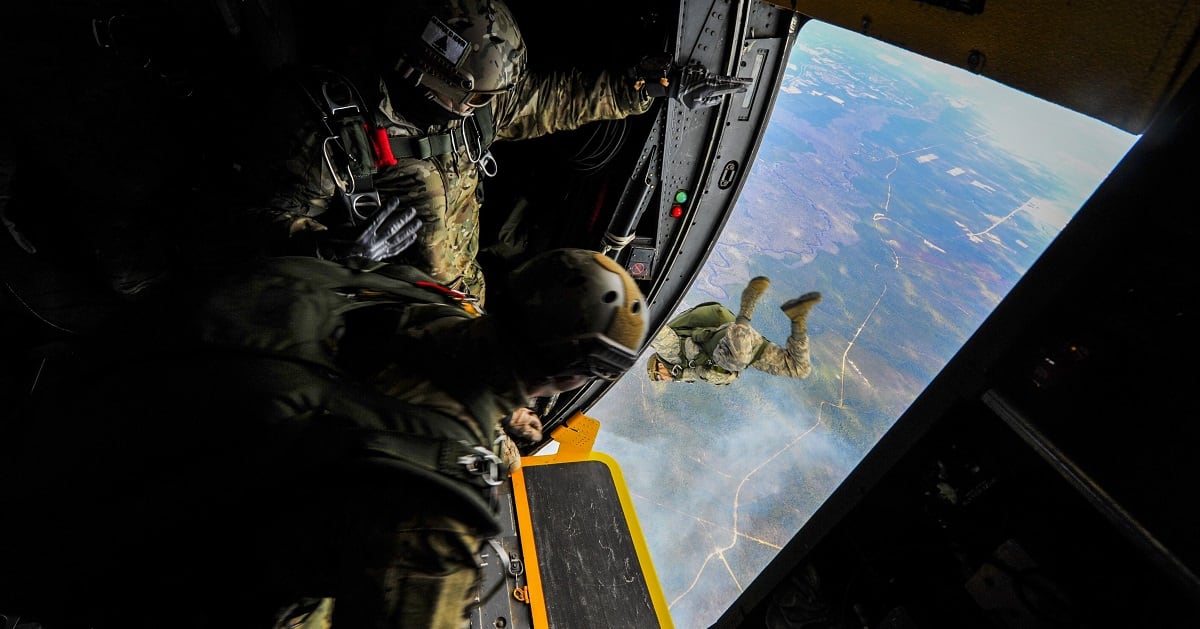
What aspects of AFSOC are still relevant? What is losing relevance or is already irrelevant?
The AFSOC airplane fleet is the youngest fleet in the Air Force. We have essentially recapitalized our entire fleet of airplanes since 9/11. So AFSOC has great ingredients, we just need to make different recipes for the future operating environment.
When you look at things like the “Rapid Dragon” test we did in December, where we launched a JASSM-ER long-range cruise missile out of the back of a C-130, and when you look at this MC-130 amphibious capability, by making the MC-130 float, we turn the entire South China Sea into a landing zone. If the entire South China Sea is a landing zone, there are a lot of interesting things that AFSOC can bring to the table for the joint force. It’s about, how do we use what we have in a way that is relevant?
Some people are concerned that you would get rid of special tactics or combine it into another part of AFSOC or the Air Force. Where do you see that heading?
Form has to follow function. I wouldn’t say pararescue, and I wouldn’t say combat control — those are career fields. The broader question is, what is the role of an Air Force Special Operations ground force in that future environment? What are the functions that will be done? Then we’ll figure out how to execute those functions, whether it looks like the special tactics squadrons that exist today, or whether it’s different Air Force specialty codes. Is there a role for cyber in an Air Force Special Operations ground force? I can think of a host of specialties that are not currently organic to our special tactics squadrons that might be relevant to the future.
Prior to 9/11, there was a relatively limited number of our special tactics airmen that were qualified as terminal attack controllers — somebody on the ground that can call in airstrikes. We had a few airmen in Bosnia that were qualified to do that, and that was the extent of it. After 9/11, the demand for joint terminal attack controllers embedded with special operations teams on the ground exploded, and AFSOC bore much of the brunt of that. Anybody can go through the course and become a JTAC. We took large portions of our special tactics field, particularly combat controllers, and made them all JTACs. When you look at the future operating environment, is there value to providing JTACs to the joint force? That may be part of it. I don’t think it will be the defining feature that it has been for the last 20 years.
Is change afoot in special tactics? Absolutely, just like it is in every other part of AFSOC. The idea that anybody at the headquarters thinks special tactics is irrelevant and should be disbanded is patently false.
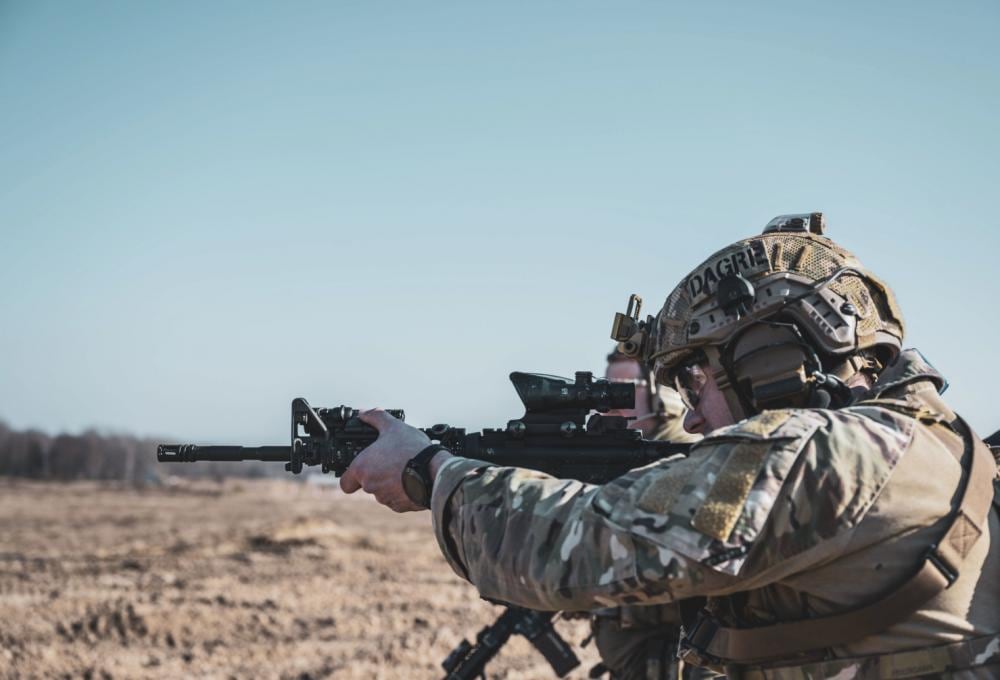
Are you considering combining AFSOC aviation and special tactics in any way? What would be the benefits of that change?
This summer, Col. Mark McGill, who’s a special tactics officer, will be taking command of the 352nd Special Operations Wing in Europe. That will be the first time that a non-aviator has commanded one of our wings other than the 24th SOW, which is our continental U.S. special tactics force. AFSOC forces are more effective when the ground special tactics piece and the aviation special tactics piece are closer together. I can’t envision a squadron that would have these forces integrated, but when you look at what we’ve done at the 352nd in Europe and the 353rd in the Pacific, there are special tactics squadrons and aviation squadrons side-by-side. I think that’s a good model. There are cultural strengths and weaknesses in every community in AFSOC, and the more exposure we can give all of our airmen to other communities, the better.
There’s a lot of folks that are a little discomfited by the fact that a non-aviator’s going to be commanding a flying wing, but it’s not a flying wing. It’s a special operations wing that happens to fly — but it also happens to do ground operations.
What’s unique about the 352nd and 353rd SOWs that could be a model for the rest of AFSOC?
Our flying community tends to be very disciplined with respect to training and standardization and evaluation programs. Special tactics units are particularly skilled at executing mission command. They organize for that very, very well. They have great intelligence, analytic capabilities that they apply to executing the mission. These are strengths that different parts of our formation have that I would like to have brought to the entirety of AFSOC.
What I see in the overseas units where the special tactics squadrons and aviation squadrons coexist in the same group is a lot of that cross talk, and it’s very encouraging to me. I don’t know whether that’s a model for the rest of AFSOC. Until we clearly define the functions of a future special operations ground force inside the United States Air Force, I don’t think we’re going to be able to say whether that’s the right organizational model.
RELATED
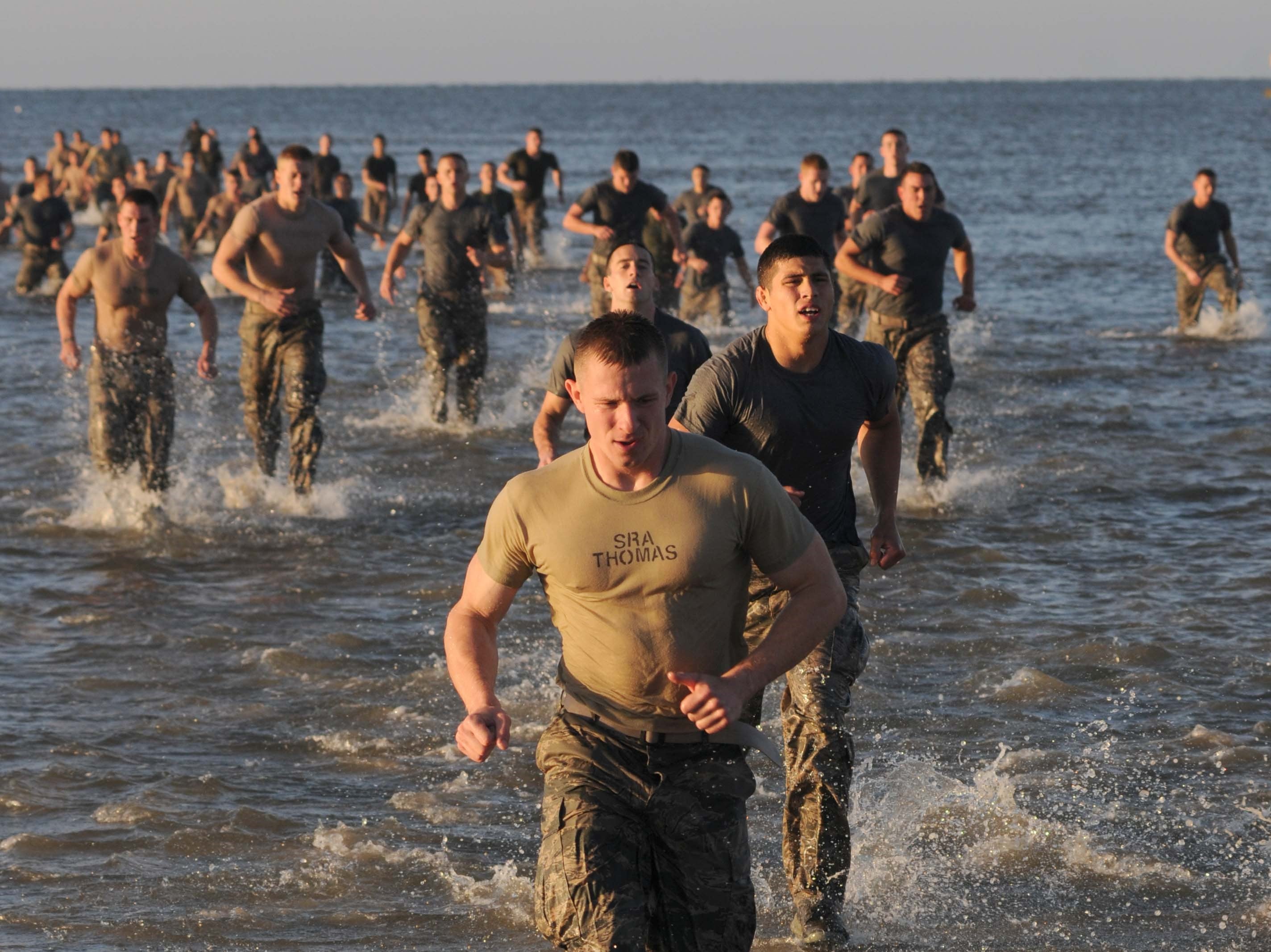
What’s the timeline for figuring that out?
I think this calendar year. We started this last year, and we have a conceptual outline, but in terms of a detailed implementation plan, we’re not there yet. Part of what we’re doing is taking ideas about the future and sharing them with our special tactics squadrons and having them help us [vet them]. We haven’t gone through the detailed staff analysis to know exactly how much it’s going to cost, when it’s going to happen. That is yet to come.
How do you plan to convince skeptics that what you decide is valid?
Sometimes you have to preach a sermon five times before somebody comes to the altar. A lot of times, it takes walking through the logic of “why,” and why what we have been doing for the last 20 years is not sufficient for the next 20 years. We have to keep talking about it. There is nobody in the entire major command that is further removed from day-to-day operations than me. I need tactical-level leaders to listen, to understand, to provide their feedback, but then importantly, to carry the message forward.
The force is motivated by being relevant to the nation, and if being relevant to the nation means capturing and killing terrorists, then we’ll be really good at that. But if being relevant to the nation means doing other types of special operations missions, I’m totally confident that the force will adapt to that and embrace it. As long as we can explain why the things that we need to do will make us relevant to the future operating environment, I think we’ll come around fairly quickly.
RELATED
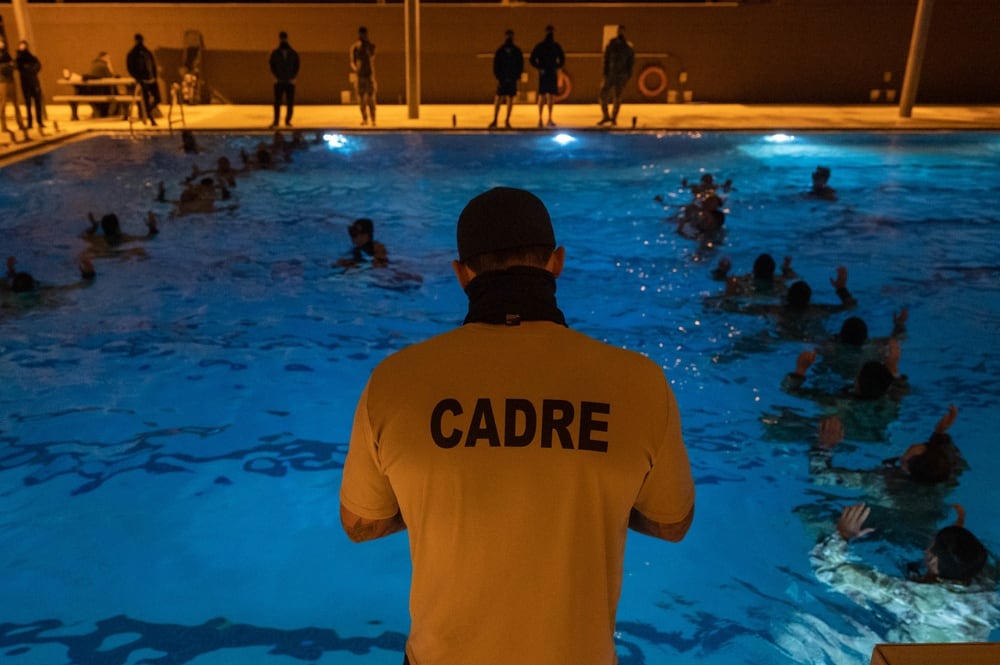
Do you have any concerns about force cohesion and AFSOC airmen’s trust in each other? Is AFSOC doing anything to reassure the force and pull people together?
Anytime you have a lot of change going on, there will always be skepticism and discomfort. This is not terribly different from earlier points in my career, looking up the chain of command and wondering what idiots were leading us up there. When you don’t understand something, why something is happening, or when you don’t have all the context behind something, oftentimes the first conclusion you would come to is that leadership doesn’t understand. It is going to naturally put the trust that underpins the entire chain of command under pressure. [Lack of trust] is not something that I spend a great deal of time worrying about. I accept that it is, and we continue to communicate.
How might you move job billets or specialties around within AFSOC to meet future combat needs?
If we’re going to operate in more austere areas, in more contested regions, in smaller, more disaggregated teams, what does the force look like that will execute mission command in that environment? We have built the AFSOC that we have today for efficiency and economy of scale, knowing we could always rely on all that fixed base infrastructure when we deploy. Now we’ve got to pack it up and carry it with us. It has to have a light footprint. What we find is that we’re short of critical specialties inside of AFSOC to support those types of operations. There is some movement afoot inside of AFSOC as we look at our communications and cyber capabilities, our intelligence capabilities, our ability to sustain ourselves in small outposts. We don’t have the right force structure for that. The specialties may change, but the total numbers aren’t really going to grow.
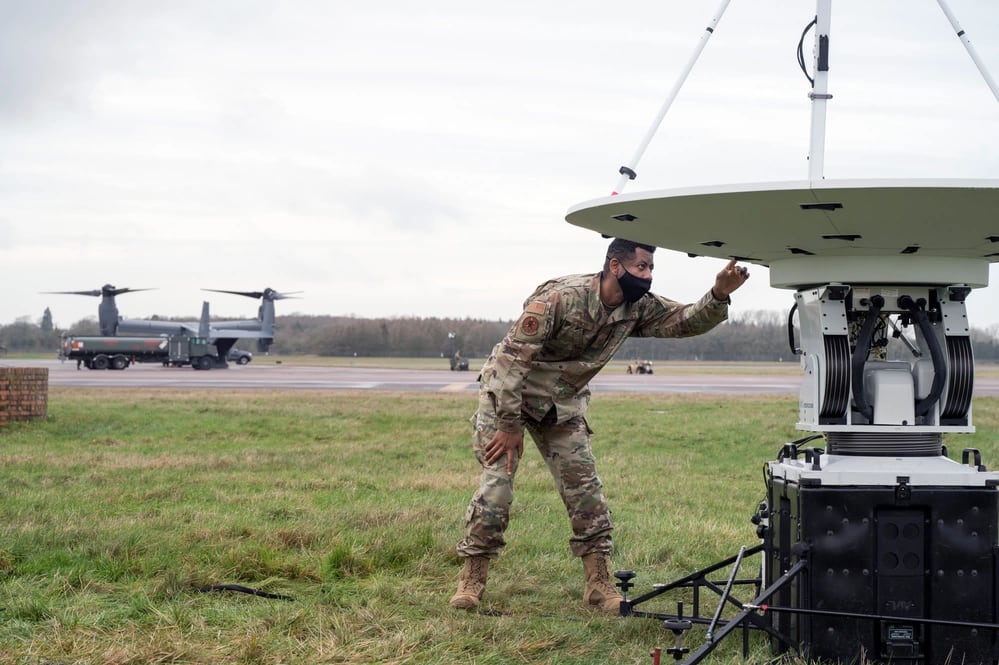
What specialties do you want to improve upon?
Last March, we started out at Cannon Air Force Base, New Mexico, with mission sustainment teams of 54 airmen that will be together for the next 15 months.
In the first phase, those airmen are in their home squadrons doing their individual training. In that second phase, they come together as a team of 54 and they spend the next five months cross-training in each other’s jobs. The food services airman learns how to operate the belt-fed machine gun; a vertical construction specialist learns how to run the Ethernet cable. When they get to the next phase, they integrate their team with all the other units they deploy with and support. The last phase is the employment phase, where we turn them loose on whatever mission we have assigned. You’re not really a team if you’ve never met each other, if you haven’t trained together. It’s all about putting together those small teams and running through the whole force-generation cycle together.
We don’t have enough communications and cyber airmen, but I think the Air Force has become overspecialized. We have one AFSC who’s allowed to erect the antenna, and we have another airman who is allowed to plug the cable into the antenna. We have another airman who plugs the other end of the cable into the back of the radio, and we have a fourth airman that is allowed to turn the radio on. Our airmen are better than that. You can probably take one airman and teach him how to do all of that, without having four different AFSCs.
Rachel Cohen is the editor of Air Force Times. She joined the publication as its senior reporter in March 2021. Her work has appeared in the Washington Post, the Frederick News-Post (Md.), Air and Space Forces Magazine, Inside Defense, Inside Health Policy and elsewhere.
